How to avoid first-time gardeners’ most common mistakes
This post may contain one or more affiliate links, which means I will get a small commission when you buy a product via the provided link at no cost to you! As an Amazon Associate, I earn from qualifying purchases. See my full disclaimer here.
Starting a vegetable garden is exciting, at least I think so! Fresh vegetables, beautiful flowers, and an outdoor space full of life can be incredibly rewarding. However, new gardeners, or beginner gardeners, often make common mistakes, trust me I have made more than a few too, which can lead to frustration and disappointment.
Here are ten of the most frequent and most common gardening mistakes and tips on how to avoid them.
Mistake number 1. Choosing the wrong location
Your garden is like a blank page! You decided to start a garden and bought a bunch of seeds or seedlings. But what now? You start with digging holes in the soil, planting your seeds and seedlings, and hoping for the best. No, please don’t do that!
Educate yourself first, and watch out for this common mistake. Don’t plant seeds in areas with poor, or too much sunlight. Also, check the drainage of the soil. You don’t want to find out, that in the middle of the growing season, your plants are suffering from root rot. So first, check which plants you plan to plant in your garden. Do they need full sun? Or maybe partial shade? Which plants don’t like each other and which are beneficial to each other?
So what to do best? Observe your garden space throughout the day to understand the sun’s patterns. Most vegetables and many flowers need at least 6-8 hours of direct sunlight. Ensure the area has good drainage to prevent waterlogging, which can harm your plants.
Mistake number 2. Overwatering or underwatering
Overwatering is a common mistake for gardeners, and it can be as harmful as underwatering. Before you plant your seeds or seedlings, check how much water they need. Water is good for plants, it makes them vibrant and grow, but too much, or too little water will cause them harm. Fruits can burst, leaves can turn yellow, and the growth of your plants can slow down.
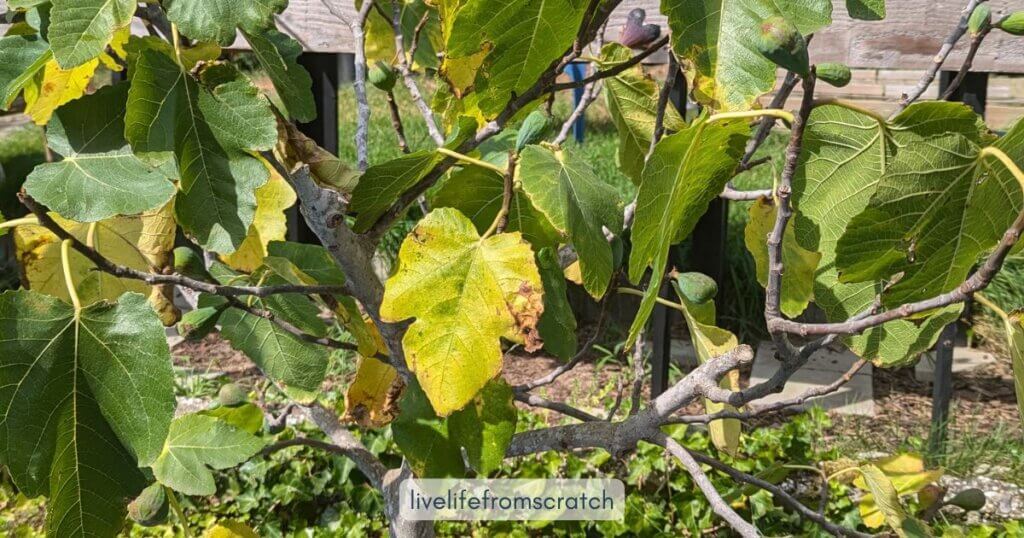
The easiest way to check the amount of water your garden receives? Use a rain gauge or moisture meter to check soil moisture levels or simply stick your finger into the soil; if it feels dry an inch down, it’s time to water.
Often you see the ‘x inch per square meter rule’ on seed packets or guides on how to grow [insert plantname]. In this blog post on how to grow green beans, I explained this rule and how to implement it in the garden. Be sure to check it out so you know what this rule means.
Furthermore, it is important to know how to recognize the signs of overwatering in your vegetable or flower garden. It can help you correct the issue before it causes significant damage.
Here are some common signs of overwatering or underwatering:
Yellowing leaves: Plants like tomatoes and cucumbers may show the yellowing of older leaves first. Yellowing can occur in flowers such as petunias and marigolds. Are the tips of newer leaves also yellowing and starting to get brittle? You most likely are underwatering your garden.
Wilting despite moist soil: Overwatered plants like lettuce or peppers can appear wilted even though the soil is damp. Flowers like impatiens and begonias may wilt when overwatered.
Slow growth: Vegetables such as beans and squash might show stunted growth. Slow growth can be seen in flowers like daisies and zinnias.
Mold or fungus: Mold or fungal growth on the soil surface is common with overwatered vegetables like carrots and radishes. Fungal issues can affect flowers such as roses and lilies.
Root rot: Plants like potatoes and onions are particularly susceptible to root rot when overwatered. Root rot can affect a wide range of flowers, including tulips and daffodils.
Leaf drop: Leaf drop in plants like spinach and kale can indicate overwatering. Overwatered flowers such as fuchsias and geraniums may lose their leaves.
Edema: Edema, where cells on the underside of leaves swell and burst, can be seen in plants like tomatoes and peppers. This can also occur in flowers like begonias and geraniums.
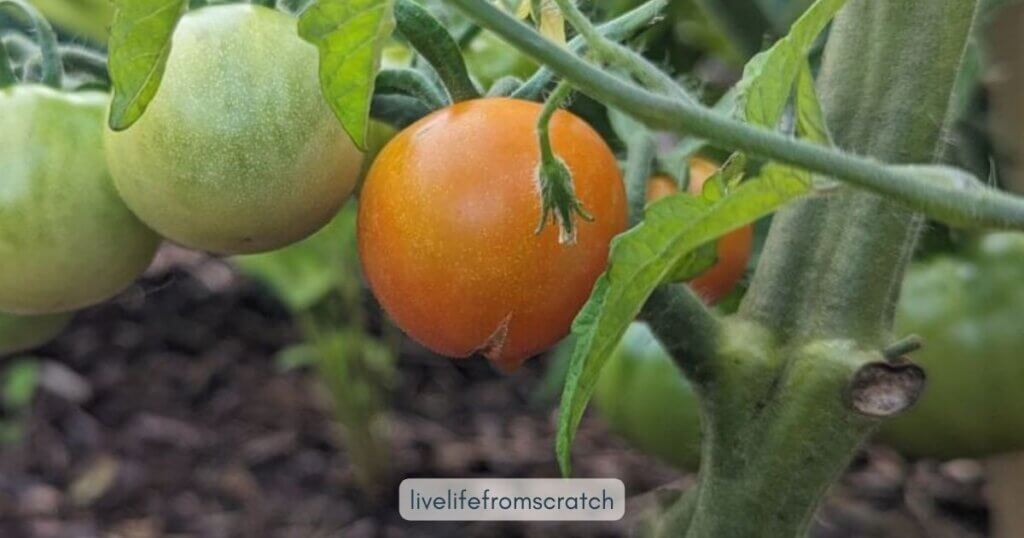
Waterlogged soil: Soil that remains soggy or doesn’t drain well is a clear sign of overwatering.
How to correct overwatering?
Adjust your watering schedule: Water less frequently, ensuring the top inch of soil dries out between waterings.
Improve drainage: Add organic matter to improve soil structure and drainage, and ensure pots have drainage holes if you’re growing in containers.
Mulch wisely: Use mulch to retain moisture but avoid piling it directly against plant stems.
Aerate the soil: Gently aerate the soil around your plants to improve airflow and water penetration. Do you want to know which tools you can use for this task? Read it here, especially number 5!
Monitor weather conditions: Adjust watering based on weather conditions, watering less during rainy periods.
Use appropriate watering techniques: Water at the base of plants rather than from above to prevent water from sitting on leaves. Use olla’s, drip irrigation, or soaker hoses for more controlled watering.
Mistake number 3. Planting too early or too late
It is so tempting, in early spring every gardening influencer is showing off by starting seeds on social media. Don’t forget, that everyone has a different climate zone. Know when the last frost date in your area is and plan accordingly! Don’t get tempted to start your seeds too soon. If you start your seeds at the wrong time, your young plants will have a hard time adjusting to the outdoor climate or even die. That would be a waste of time, hard work, and effort. Use seed-starting guides to determine the best time to plant each type of seed.
Mistake number 4. Ignoring soil health
Educate yourself on what soil conditions your plants need. Some plants want a higher pH, others a lower. Use fertilizer but know in which ratio you should add it to your soil. Too much nitrogen, for instance, will cause your plants to grow big green leaves, but the fruits will stay small. So what to do to prepare your garden soil so your plants will have the perfect growing soil conditions? First of all, read my blog post about preparing your soil at the end of the season in late summer here. After that, go and test your soil’s pH and nutrient levels with a soil test kit, and amend the soil with compost, manure, or other organic matter to improve its structure and fertility. This way you’ll ensure you have a great soil quality and a great base for a healthy garden.
Mistake number 5. Overcrowding plants
If you plant your seedlings they are teeny tiny plants. Don’t let them fool you, within a month or two these lovely small seedlings will grow into big leafy plants with an extensive root system. If the seed package says to plant the seeds a meter apart, plant the seeds a meter apart! Planting too many seeds or seedlings in a small area will cause all sorts of problems.
Your plants will compete with each other for nutrients, enough sunlight, and enough water. Furthermore, if the leaves of the plants are too close to each other it will make a brewing nest for pests and diseases.
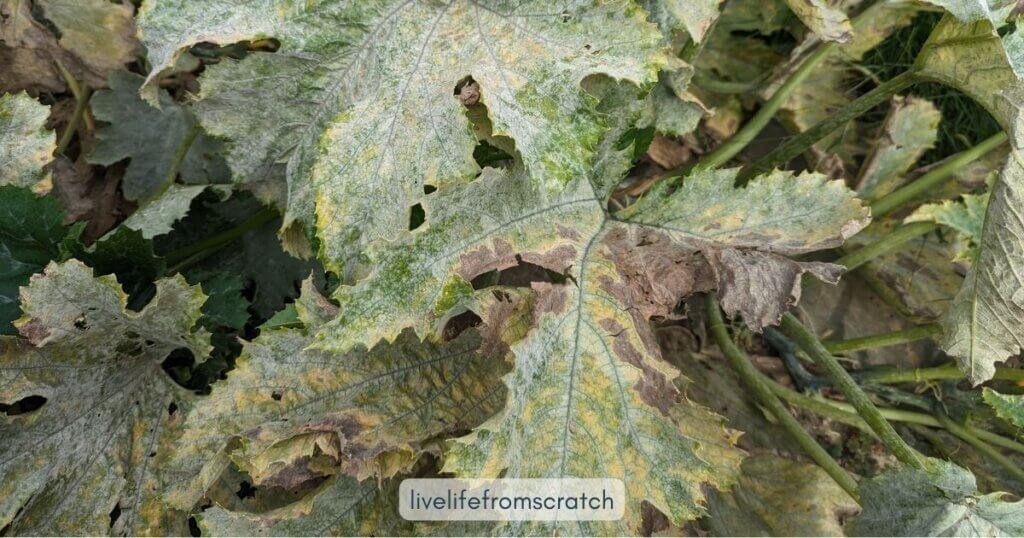
You just don’t want that! It is better to decrease the number of plants you are going to plant by using proper spacing between plants than to overcrowd your garden. In the end, it will yield more produce or bigger flowers if you keep enough distance between plants.
Mistake number 6. Neglecting mulching
I already touched the mulching subject with mistake number 2. Mulch is a perfect tool to use in your garden. It will help retain soil moisture, suppress weeds, and regulate soil temperature. In short, it will decrease your weeding and watering time and increase the time you can spend enjoying your garden!
What to do? Apply a layer of organic mulch, like straw, wood chips, or compost, around your plants. Check after each season if you need to add a bit of mulch to your garden beds. Be careful not to pile mulch against the stems of plants to avoid rot.

Mistake number 7. Failure to weed regularly
You’ve checked all the above mistakes, planted your seedlings, checked the amount of water, added mulch, and are now enjoying a beautiful growing garden. But then, don’t forget to take out the weeds! Weeds will compete with your plants for nutrients and water and can cause a decrease in plant growth and a decrease in produce yield in the long run. Be sure to check your garden every day or every other day and manually pull the small weeds you find between your vegetable plants.
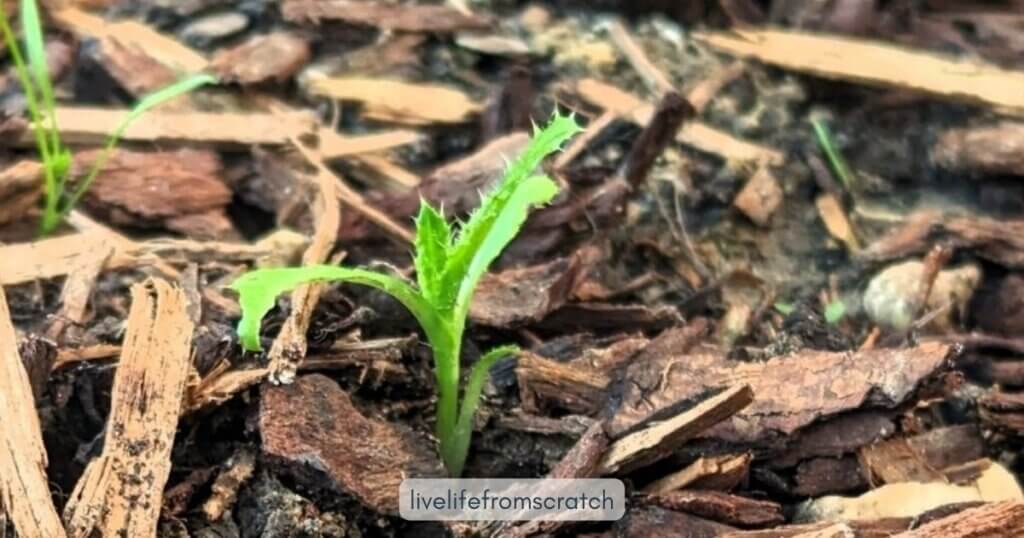
Mistake number 8. Ignoring pests and diseases
If you check the garden every (other) day for weeds you can also check your plants for unusual spots, holes, or discoloration. Use natural or organic pest control methods, such as neem oil, and insecticidal soap, or introduce beneficial insects like ladybugs. Try to plant certain crops or flowers next to vegetable plants if they have beneficial properties, also, it’s a good idea to read all about companion plants here.
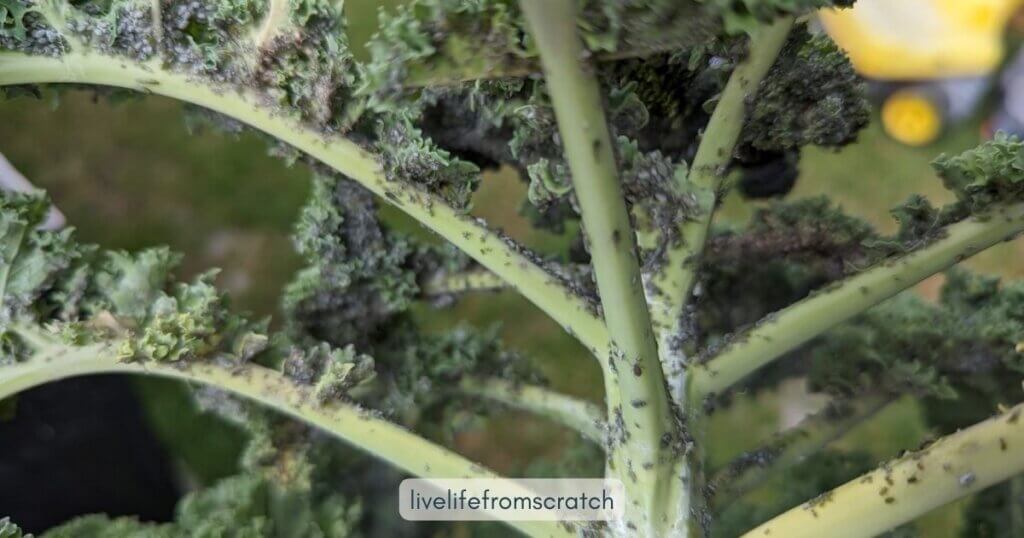
As much as it will hurt, remove diseased plants promptly to prevent the spread of pathogens. Trust me, it is better to lose just one plant than to lose the entire tomato harvest!
Mistake number 9. Not rotating crops
Yes, you’ve done it! You had a successful first garden, you’ve weeded every weed you could find, your plants had enough sun, you’ve watered the garden just enough, and had a plentiful harvest! Congratulations, what a beautiful way to end your season! But now, when you start planning your garden for next season, don’t forget to rotate your crops. Don’t grow your zucchini or tomatoes in the same spot year after year. Use a garden planner or notebook to keep in check where you planted your crops last season(s).
This way you’ll prevent soil depletion and reduce the risk of pests and diseases which are specific to certain plants. Different crops have varying nutrient needs and pest resistance, so rotating them helps maintain soil health.
Mistake number 10. Overlooking companion planting
I posted another article a few days ago about the concept of companion plants. In short, certain plants will have beneficial properties when planted next to each other. These plants can enhance growth, repel pests, or improve flavor. For example, planting basil near tomatoes can improve the tomatoes’ flavor and deter pests. The other way around, you can also plant ‘wrong plants’ next to each other. For example, you don’t want to plant your tomato plants near potatoes.
To conclude, gardening is a learning process, even seasoned gardeners will make mistakes. By understanding and avoiding these common pitfalls, you as a first-time gardener can increase your chance of success and enjoy the fruits (and vegetables) of your labor. Remember, patience and persistence are key—every garden has its challenges, but overcoming them is part of the rewarding journey of gardening.

This post may contain one or more affiliate links, which means I will get a small commission when you buy a product via the provided link at no cost to you! As an Amazon Associate, I earn from qualifying purchases. See my full disclaimer here.





